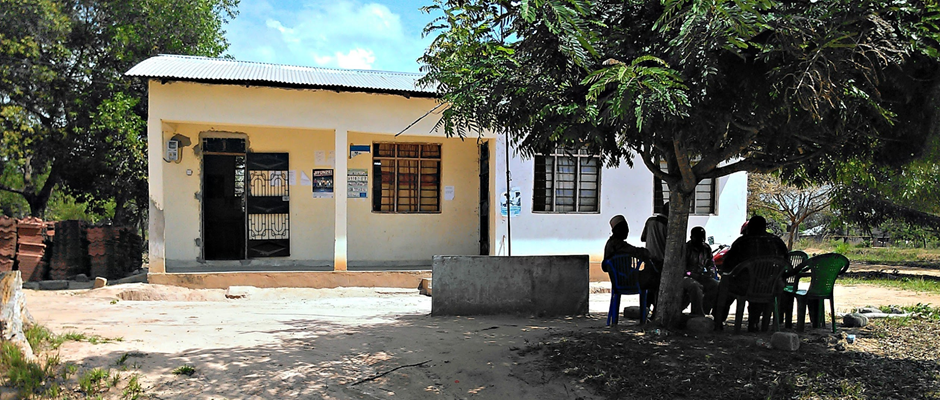
While national climate policies set the agenda, real progress often happens at the subnational level, where forest and land-use decisions directly affect communities. A recent UNDP report, ‘Subnational Success: Lessons from Tropical Forest Jurisdictions,’ examines the impact of Norway Pledge to the Governors’ Climate & Forests Task Force and highlights under the right conditions in place, targeted subnational funding can drive significant and lasting change.
The Importance of Subnational Action
Climate actions taken by subnational governments are crucial because key decisions impacting forests and land use are made at local levels. These decisions relate directly to the communities that depend on these resources and, often, involve Indigenous Peoples. The report underscores that successful subnational initiatives can test innovative strategies addressing deforestation drivers while also contributing to national climate targets, such as Nationally Determined Contributions (NDCs) under the Paris Agreement .
The Norway Pledge
In 2015, Norway’s government pledged US$24 million to enhance climate action across tropical forest jurisdictions by supporting the Governors’ Climate & Forests Task Force (GCF) Task Force. Through the United Nations Development Programme (UNDP), this pledge was focused on the development of REDD+ (Reducing Emissions from Deforestation and Forest Degradation) and low-emission development (LED) strategies. The funding was delivered in two phases: a readiness phase that established strategic frameworks, followed by an implementation phase that provided grants for innovative projects .
By the end of the funding period in 2023, the report noted that 31 jurisdictions had either developed new REDD+/LED strategies or updated existing ones. Notably, 86% of these jurisdictions leveraged additional resources, demonstrating that investment in subnational initiatives not only addresses immediate environmental concerns but can also stimulate local economies .
Overcoming Challenges
While subnational jurisdictions have considerable potential for impact, they frequently encounter challenges such as political turnover, limited institutional capacity, and a lack of existing incentives. The report highlights that to overcome these challenges, sustained engagement from high-level political leaders, particularly state governors, is essential. Such involvement ensures continuity and support for progressive agendas surrounding climate and forest management .
Building a robust capacity among civil servants and public institutions also emerged as a lesson from successful jurisdictions. Many local administrations struggle with inadequate staffing and skills, making it crucial that capacity-building efforts are consistent and targeted. One effective way to address these challenges was the strong collaboration between states and NGOs, which played a crucial role in sustaining progress. Engaging civil society organizations in this process can facilitate the knowledge transfer needed for effective climate action .
The NGO-State Collaboration Model
The report highlights a successful collaboration model within GCF Task Force jurisdictions, where states partnered with NGOs to implement the Norway Pledge. This approach promoted strong cooperation across local, national, and global levels, strengthening institutional memory and ensuring continuity in climate action. With oversight and technical support, NGOs helped jurisdictions access additional funds, engage stakeholders, and enter carbon markets. While some challenges arose, such as partner independence and capacity gaps, local NGOs brought valuable expertise and long-term commitment.
The model also played a crucial role in reinforcing environmental governance, improving policy implementation, and ensuring that subnational governments remained connected to national and international climate efforts.
Eight Success Factors for Impact
The evaluation of the Norway Pledge identified eight success factors that have consistently led to impactful outcomes at the subnational level. These include:
- Complementary partnerships between civil society and public administration
- Focus on understanding the specific drivers of deforestation and forest degradation.
- Built on a foundation of established policies and programs for reducing deforestation and forest degradation.
- Development of a state-level framework before promoting forest carbon projects
- Strong engagement of the state governors in the climate and forest agenda, including personal participation in global GCF Task force actions.
- Cross-sector dialogue and collaboration across state secretaries and regional development agencies.
- Engagement of state secretaries and civil servants in experimentation and innovation through REDD+/LED processes.
- Engagement with lower levels of jurisdictional government, including municipalities and districts
These success factors provide a blueprint for refining future investments in climate action across subnational jurisdictions.
The Way Forward
As we look to the future, the report reinforces the idea that subnational jurisdictions require ongoing support to build upon the gains made through initiatives like the Norway Pledge. Sustained funding is critical to overcoming the complex challenges subnational jurisdictions encounter. Continuous investment should not only aim at immediate outcomes but also enhance long-term resilience against climate change.
Given the varied outcomes across the 35 GCF Task Force jurisdictions—ranging from significant advancements in policy frameworks to cases where strategies became stagnant due to political changes—there is a clear call from these regions for international donors to sustain support in addressing climate and forest challenges.
Conclusion
The findings from the Norway Pledge provide valuable insights and a possible pathway forward for both subnational and national actors on climate action. By prioritizing collaboration, enhancing local capacities, and fostering continuous investment in strategic frameworks, we can significantly amplify the impact of climate initiatives at the ground level.
Ultimately, successful climate action hinges on a concerted effort to support subnational jurisdictions while embracing the innovative approaches they can offer in combating climate change. The Norway Pledge sets a precedent as the largest international investment in subnational climate action to date. Scaling up and adapting this model is essential for sustaining progress in forest conservation and fostering long-term, subnational climate resilience.
Read the full report:
United Nations Development Programme. 2024. Subnational Success: Lessons from Tropical Forest Jurisdictions. UNDP.





